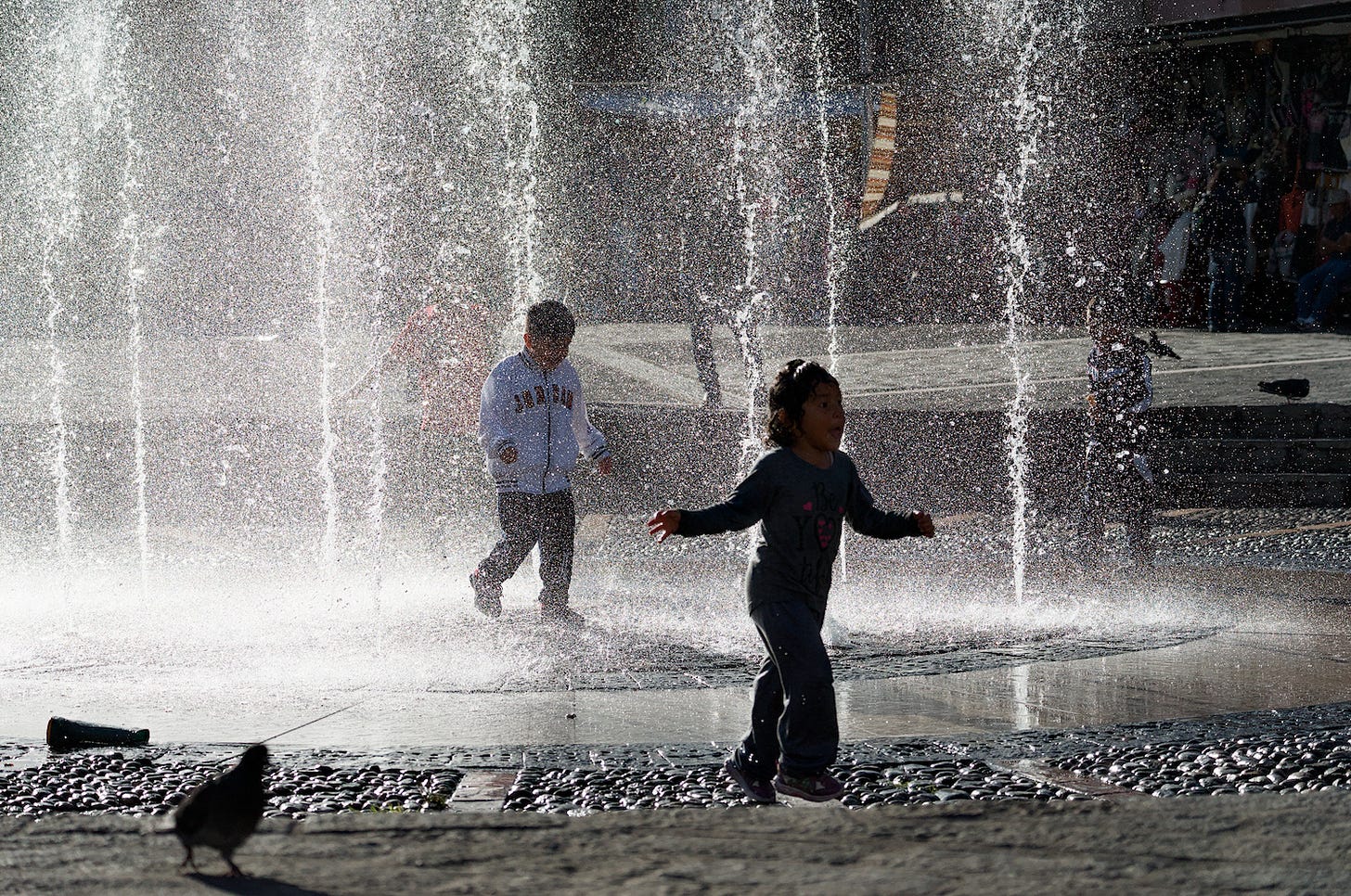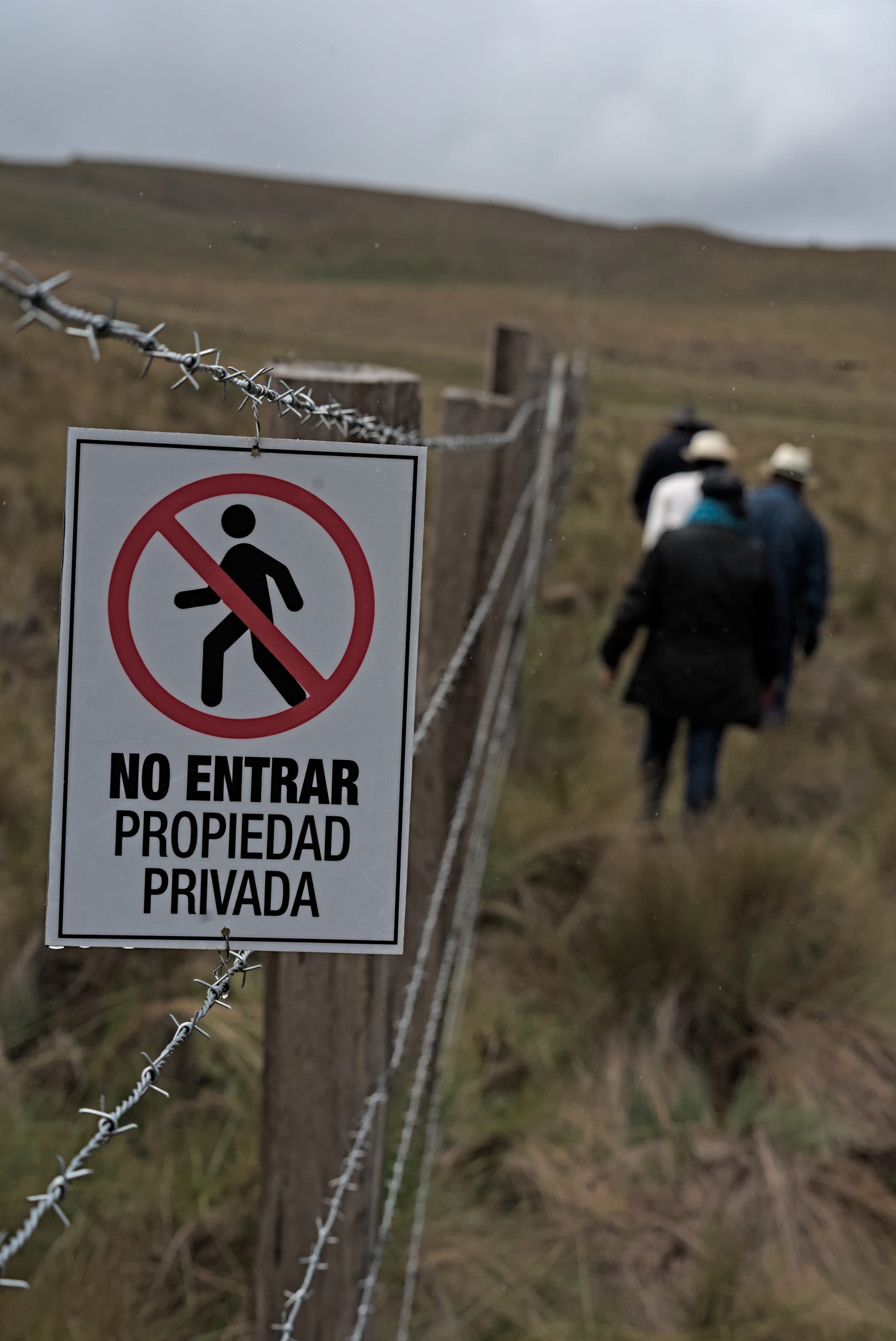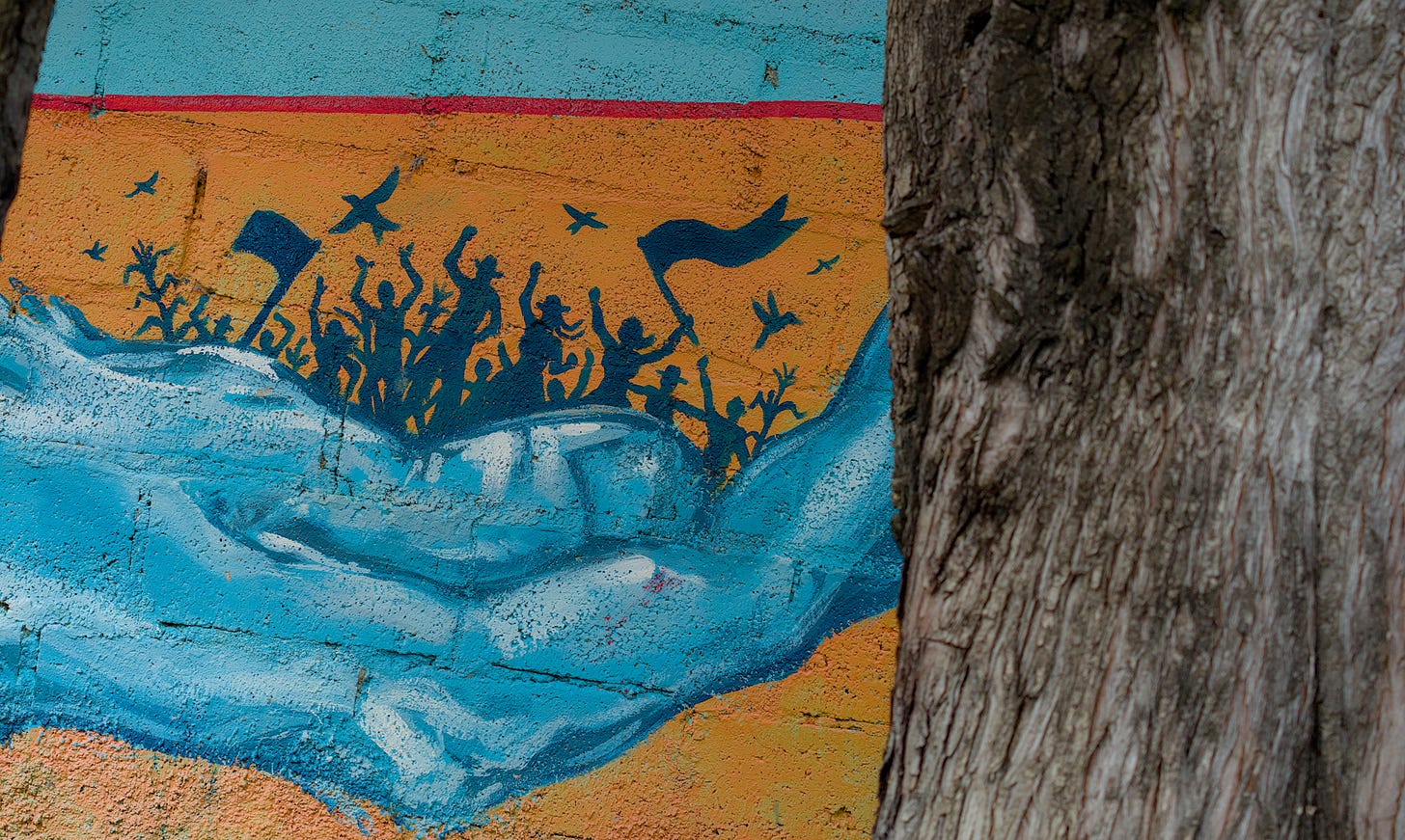When Extraction Drinks First
We investigate a rapidly developing mining conflict in the Ecuadorian páramo
Written by Anastasia Austin; Edited by Douwe den Held
Four rivers run through Cuenca – an Ecuadorian city of about 600,000 – whose wide boulevards, generous pedestrian pathways, and Spanish-Colonial architecture evoke the charm of a European capital.
Its exceptional beauty and vibrant cultural scene have made Cuenca one of Ecuador’s urban gems, both to foreigners, thousands of whom retire or emigrate here, and Ecuadorians who’ve nicknamed it the country’s “most beautiful city”.
And the four rivers are central to the city’s life: lined with cobblestone and dirt pathways that lead to the museums, bars, cafes, and restaurants from which you can hear the soft soothing rush of water. They are also the source of the city’s drinking water.
All that is now at risk.
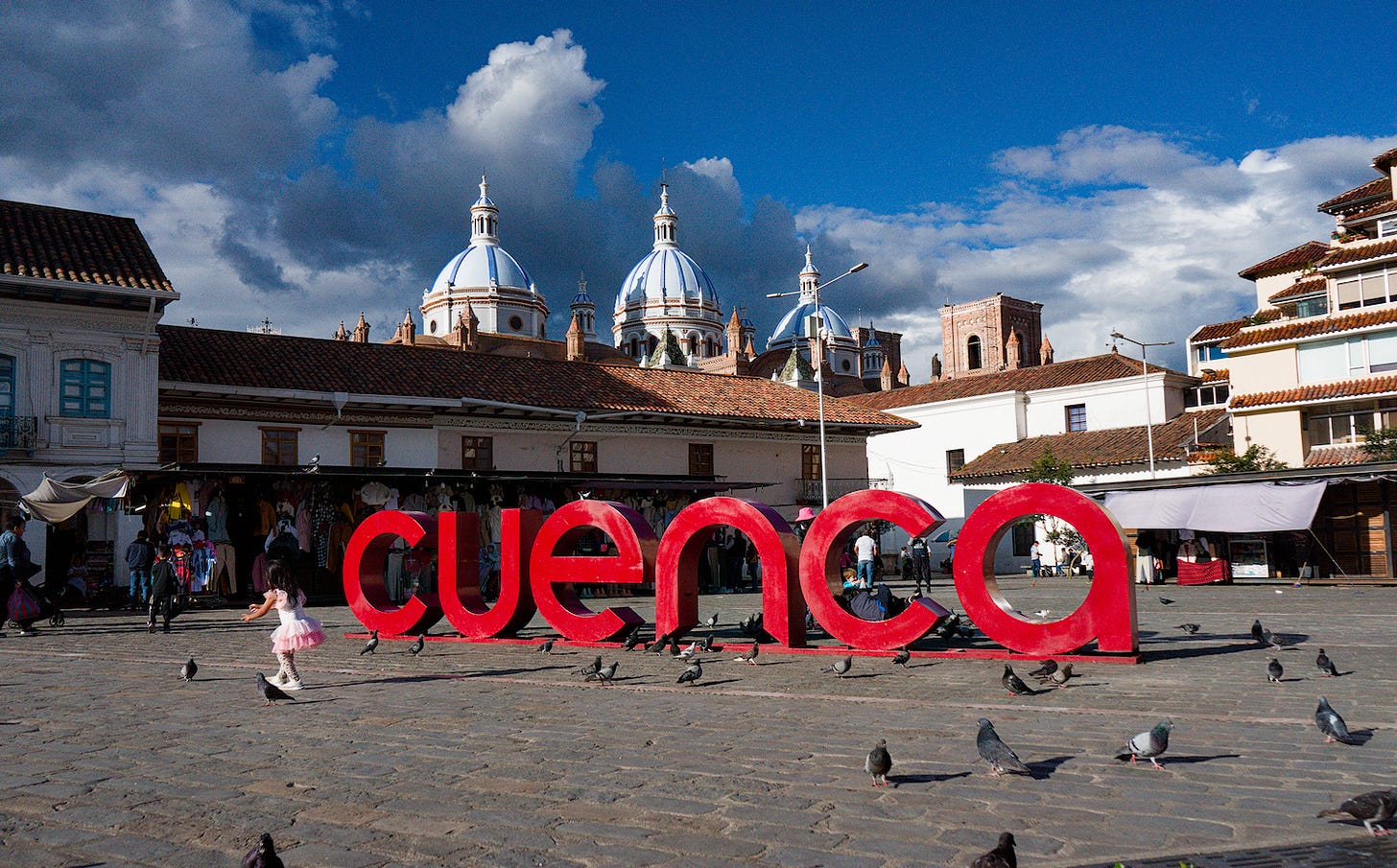
Since taking office, Ecuador’s newly re-elected president, Daniel Noboa, has gone all in on his promise that a new era of Ecuadorian mining is dawning.
The frontline of that fight is in the Cajas páramos around Cuenca, where a Canadian multinational has been given the green light to begin exploiting the multi-billion-dollar Loma Larga mining concession. If the project goes forward, scientists, engineers, and scholars say that the effects on Cuenca’s four rivers will be devastating.
“In a few years, there won’t be enough water for the city of Cuenca, nor for the nearby towns. It will be contaminated with arsenic,” Ana Cecilia Salazar, a member of Cuenca’s Water Defense Council, told OffMap Media.
Local opposition includes not just Cuenca’s residents, but also mountain settlers who live side-by-side with the páramo, valley farmers who depend on it to raise cattle and water their crops, and the municipal and provincial governments. In their fight to stop the mining project, they cite multiple constitutionally-mandated referendums which unequivocally rejected mining in the Cajas.
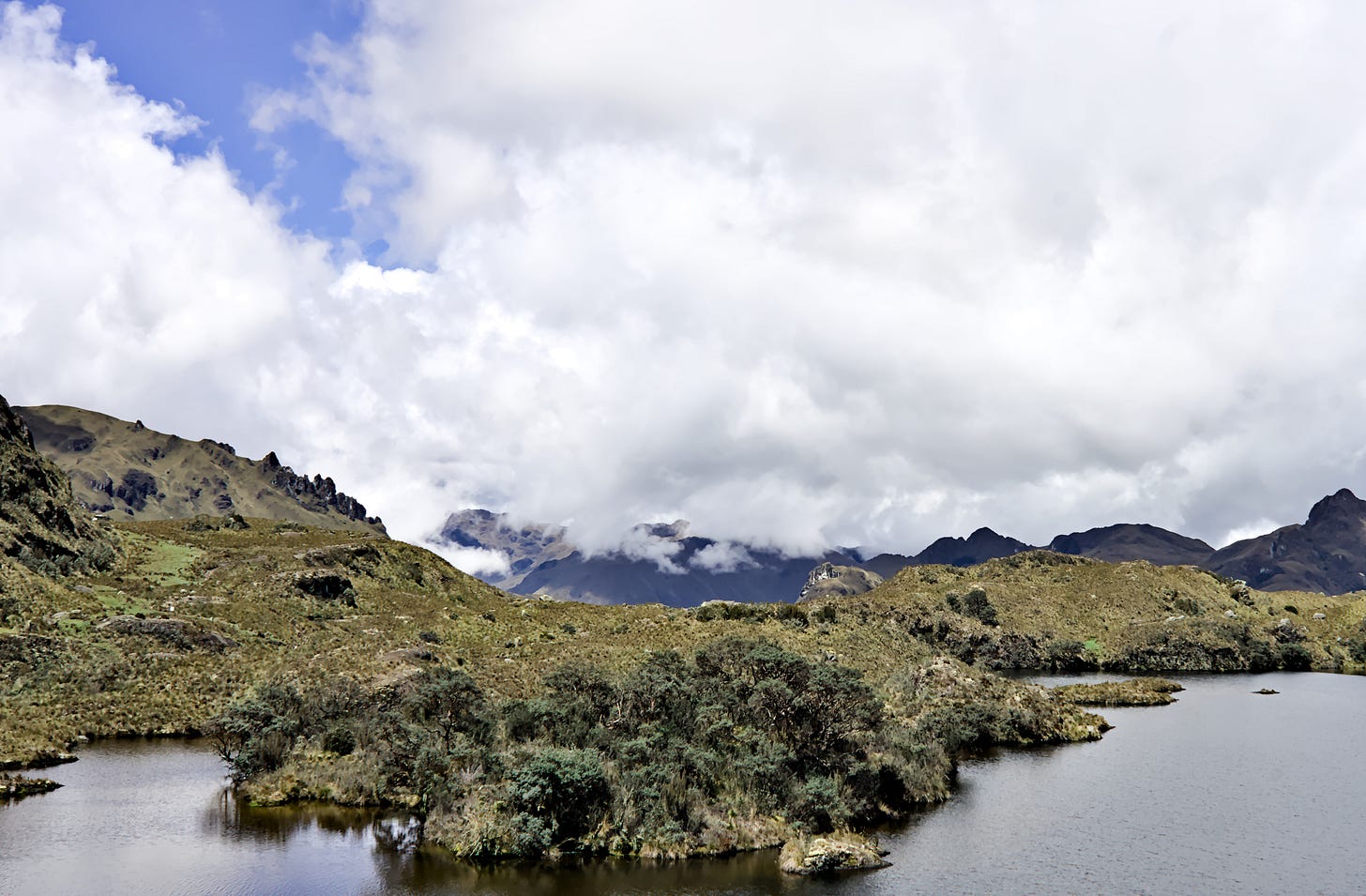
But some expressed exhaustion over a fight that’s been ongoing for over 30 years. There’s a sense among activists that, every time they win, the rules change.
“Administration after administration has colluded with the mining companies to push through exploitation,” reads an unpublished proposed Water Protection Ordinance before Cuenca’s City Council obtained by OffMap Media. “In doing so they intend to defraud the sovereign will.”
The mining company and national authorities say that locals are exaggerating the environmental risks of this mining project. Moreover, representatives of Ecuador’s central government have argued for decades that the potential profits from this mining concession, and others like it, could help the country pull itself out of poverty.
Loma Larga, which has a 12-year lifespan, is estimated to hold over 600,000 ounces of gold and 4.3 million ounces of silver. Over the lifespan of the mine, the state estimates it might bring in almost 670 million USD.

Local scientists, scholars, and activists, however, warn that the potential for catastrophic damage defies calculation.
“We have our [economic] limitations, but we are happy with our ecosystem. There is water, which is fundamental,” Enrique Serrano, an economist who is also a member of Cuenca’s Water Defense Council, told OffMap Media.
“For the government and the international mining companies to come in,destroy our water supply, and poison us… it’s absurd,” he added.
We spent nearly a month in Cuenca, visiting the páramo and mountain communities, and speaking to environmental experts and local civil society leaders. Our deep-dives on the controversial Loma Larga, the Rio Blanco community, and Noboa’s policy shift will run soon — and we’ll share them here.
Read about the controversial Loma Larga project
Read about the Rio Blanco community




